They say that shopping centres are the cathedrals of late capitalism. It is amusing sometimes to think of future generations shuffling reverently around the monumental structures of glass, faux marble and strangely treated wood as if they were structures worthy of awe or wonder, perhaps pausing to peer at the tracery of a former Burger King. Westfield, London’s great temple that looms over Shepherd’s Bush, is an example of this genre I find particularly stressful. It is an endless cavalcade of stimuli: flashing adverts, muzak ricocheting off intensely polished surfaces, bright lights and endless, endless stuff to buy. We are not even spared olfactory assault, as the artificially intensified scents of everything from soaps to cinnamon buns are pumped into our nostrils.
The thing is, whilst Westfield is the most egregious example of modern commercial freneticism, it is by no means unique. Almost every part of our physical public sphere is given over to invasions of our space and pressures on our time and, most importantly, our wallets. Online is no better: using Instagram these days is like being digitally mugged by an advertising executive. The triumph of the mobile phone means that the general invasiveness and pressurisation of modern life can even enter our homes, carried on our very person. Now, even our most sacred spaces have begun the process of Westfield-isation.
The cathedral gimmick has become a feature of recent English summers – as reliable as Pimms in June or rain in August. As the holidaymakers descend on our cathedral cities, places dedicated to the majesty of the eternal briefly become shrines to temporary stimuli. Amidst the altars and alcoves there are exhibits designed to heighten engagement and bring people in, everything from bridges to minigolf to dinosaurs.
It is not that I don’t want people to come to cathedrals who perhaps might not, nor that I don’t want them to feel welcome there. I know full well that cathedrals have always been strange collations of monuments and tablets and the general collected debris marking lives lived. I am aware that in Medieval times they would have been great hives of activity – although as any historian worth their salt will tell you, the image of them as totally anarchic marketplaces is a caricature. I am, in short, sympathetic to the instincts that lead cathedrals to fill their naves and choirs with things designed to stimulate the modern commercial palate. I’m just still not sure the trade in that it requires is worth it.
We do ourselves no credit by the implication there is no room for public spaces that are given over exclusively to solemn reflection. The implication is that these spaces are not up to being attractions in their own terms. What is the root of this? A lack of confidence perhaps? The plasticky, gimmicky nature of the exhibits that invariably are chosen do cry ‘trying too hard’. The sight of our ancient cathedrals engaged in the equivalent of waving a hand recorded mixtape at a girl who doesn’t really fancy them The clergy are – bizzarely given their stated vocation – haunted by the idea it is some sort of sin of exclusivity to suggest a space might be separated off for higher purposes. A rush is then made for the lowest common denominator of engagement. So we end up with enforced zaniness, perpetuating the untruth that the loud and marketable plastic of this world is of value, whilst the immortal and eternal is not worth worrying our pretty little heads about.
Therein is the crux: that the rush to fill our sacred spaces with the banal suggests that we fear what we might find after a period of reflection. I don’t mean that sort which comes from endless stimulation but rather that which comes from silent communion with the past and the eternal, even, God forbid, that which might truly be described as awe. Such reflection is scary, life changing even, but it is necessary. It is not exclusivist or debarring to point out that we all need those spaces to engage with the deeper side of our existence and that there are precious few places where it might be found. It should also be obvious that attempting that engagement in the midst of Dino hunts or mini golf is more difficult than amidst the silent echoes of prayed-in stone.
It is no coincidence that the rise of cathedrals as activity spaces has coincided with the rise of the entrance fee. It may be that deans and chapters have no economic choice other than to view these great edifices as simply a competing asset in a wider tourist market but I would wager that there would be a fair number of people who would consider donating to make up the difference in order to preserve their peace and tranquillity. And, in a world where sensory overload and endless, pointless activity are the norm in most of our lives, perhaps leaning back into the one thing that sets these places of worship apart – their holiness –might make some sense after all.
I, like too many, have been hurt by the Church and her clergy. To throw myself headlong back into the busyness of the life of a parish now would be intensely damaging to my faith – what I need from her buildings is space. Cathedrals, at their best, can provided that: well worn, healing, anonymised space, where men and women have sought a similar peace to me for centuries. To allow the circus of our present world to seep in – even with the very best of intentions – compromises that space and perversely makes it less accessible for those of us seek to reacquaint ourselves with the calming peace of God amidst those ancient stones.
It is not a peace we are likely to find in any other part of our increasingly busy and benighted public sphere. Westfield may have become a cathedral for many but, for the love – and the peace – of God, let our cathedrals not become Westfields.
Got something to add? Join the discussion and comment below.
Get 10 issues for just $10
Subscribe to The Spectator Australia today for the next 10 magazine issues, plus full online access, for just $10.



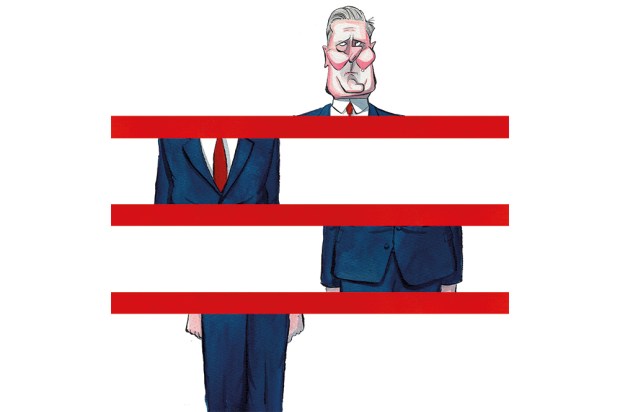





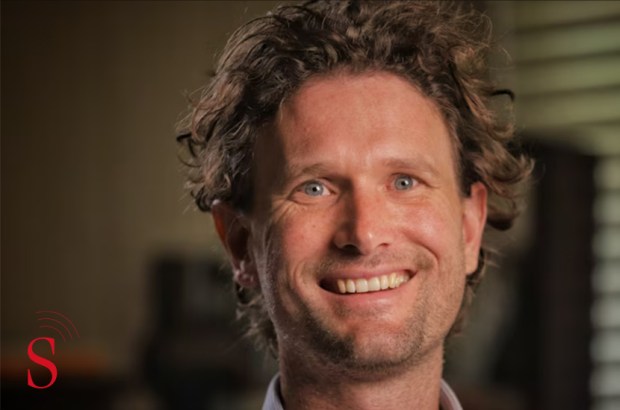
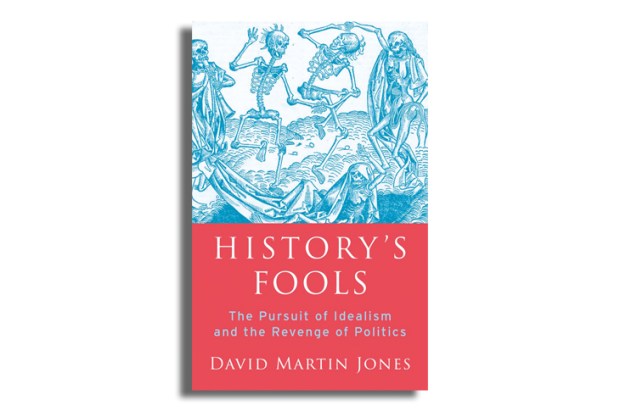


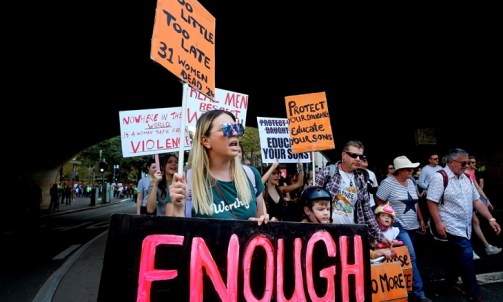

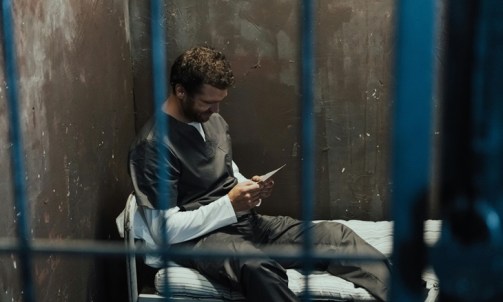



Comments
Don't miss out
Join the conversation with other Spectator Australia readers. Subscribe to leave a comment.
SUBSCRIBEAlready a subscriber? Log in